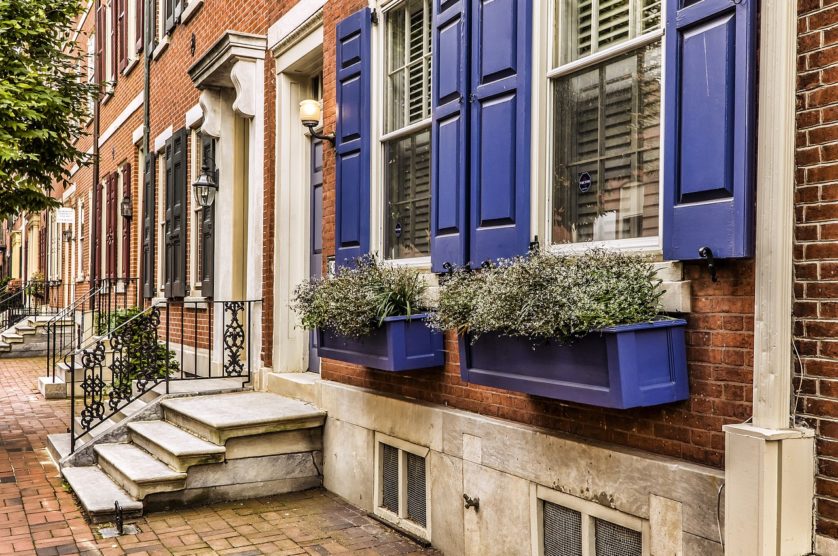
By admin
The Historic Rehabilitation Tax Credit is a income tax credit that is available for the rehabilitation of historic, income-producing buildings that are determined by the Secretary of the Interior, through the National Park Service, to be “certified historic structures.”
Every year the National Park Service approves roughly 1,200 projects for its Historic Rehabilitation Tax Credit, leveraging $6 billion annually in private investment for the rehabilitation of historic buildings across the country.
According to Robert Powers, the President of Powers & Company, Inc., a national consulting firm that specializes in the preservation and conservation of historic structures, those numbers should be much, much higher.
But significant misconceptions about the Historic Rehabilitation Tax Credit abound, even among seasoned investors.
That’s why, this past spring, Marc Shaw, President and Founder of World Wide Land Transfer, sat down and picked Robert’s brain in a fascinating episode of Shawlsy 24-7.
What misconceptions?
The building being rehabbed doesn’t need to be particularly “interesting” or culturally significant to qualify for the credit — it just needs to be historic.
The project doesn’t need to be a multimillion-dollar undertaking, and the building itself doesn’t even need to be that old.
Fifty years is the general time requirement for a building to be listed on the National Register of Historic Places, which means many mid-century modern buildings constructed in the 1960s could be eligible.
Everything You Need to Know about the Historic Rehabilitation Tax Credit
All that and much, much more on the 4th episode of the Shawlsy 24-7 podcast: Historic Preservation Conversation with Robert Powers
Leave a Reply